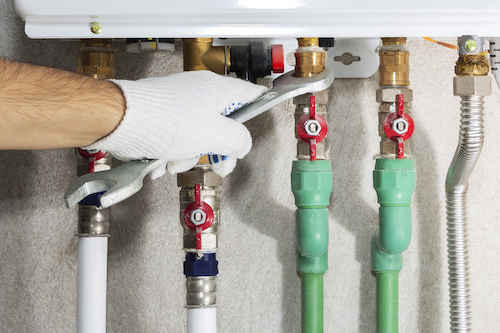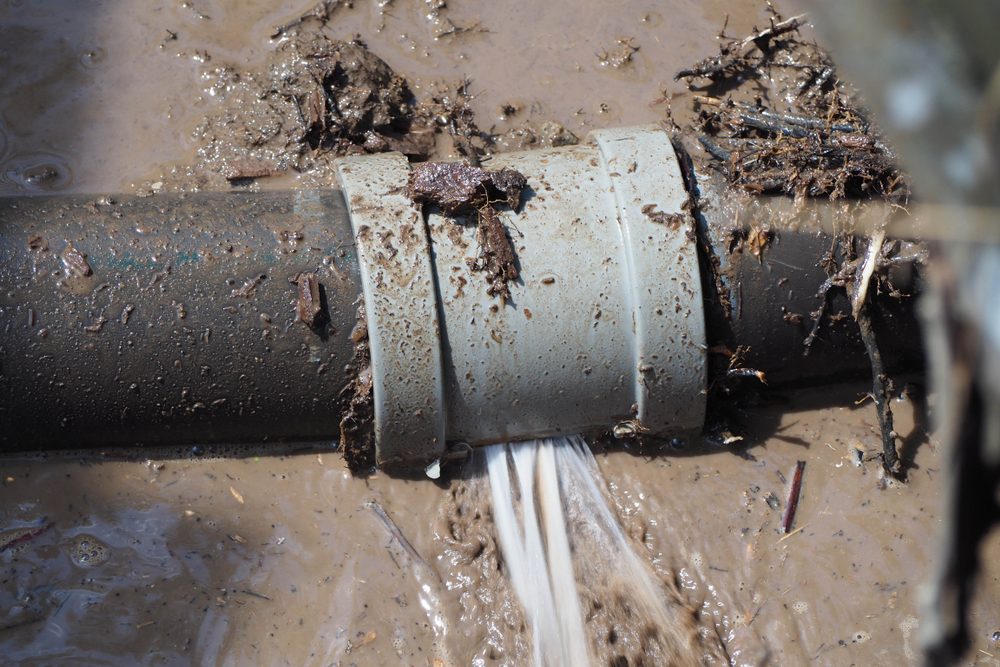Stop the Flood: Techniques for Detecting as well as Repairing Ruptured Pipes
Stop the Flood: Techniques for Detecting as well as Repairing Ruptured Pipes
Blog Article
Have you been trying to find information and facts concerning How to install a dishwasher safely?

A burst pipe is a major emergency; you can just stand as you enjoy water you pay a lot to rejoin with the planet. In even worse instances, you notice a pool on your kitchen floor, which is a fantastic trip risk, particularly if you have kids around. If the pipeline that ruptured remained in your wall surfaces, problem: you might need to repaint that entire area.
Just how can a calamity like a ruptured pipeline be protected against and also taken care of? Well, by paying attention to your specialist emergency plumbers and adhering to these regulations.
Just how do I understand when my pipes have burst?
Rising and fall water stress
Pipes do not just burst in a day. You might have seen that your kitchen area tap or shower doesn't run quickly when you turn the faucet. It might stop briefly for a few seconds and afterwards blast you with even more force than usual.
In various other instances, the water may appear typical at first, after that drop in pressure after a couple of seconds.
Contaminated water
Many individuals presume a burst pipeline is a one-way outlet. Quite the contrary. As water spurts of the hole or laceration in your plumbing system, contaminants locate their way in.
Your water may be infected from the source, so if you can, examine if your water storage tank has any troubles. Nevertheless, if your drinking water is provided and detoxified by the city government, you should call your plumber promptly if you see or smell anything amusing in your water.
Puddles under pipelines and sinks
When a pipeline bursts, the discharge forms a pool. It may show up that the puddle is expanding in size, and also regardless of the amount of times you mop the pool, in a few mins, there's one more one waiting to be cleansed. Typically, you might not be able to map the puddle to any kind of visible pipelines. This is a sign to call a specialist plumber.
Wet wall surfaces and water spots
Prior to a pipe ruptureds, it will leakage, most times. If this consistent dripping goes unnoticed, the leakage may graduate right into a vast gouge in your pipeline. One easy method to prevent this emergency is to look out for wet wall surfaces ad water spots. These water discolorations will lead you right to the leakage.
Untraceable leaking sounds
Pipeline bursts can occur in one of the most unpleasant locations, like within concrete, inside wall surfaces, or under sinks. When the house goes silent, you might have the ability to hear an irritatingly relentless dripping noise. Also after you have actually checked your shower head as well as cooking area tap, the leaking might proceed.
Dear reader, the leaking might be coming from a pipe inside your walls. There isn't much you can do concerning that, other than tell a professional plumber.
Show up the Warm
Establish fans to blow heat into cold spaces. Maintain the garage door shut. If you have decreased water flow, heat the most susceptible pipelines (generally in basements and crawl spaces or near exterior wall surfaces) with a hair clothes dryer. Leave the tap on while you use heat. As you melt ice, the flow will boost. To stop pipelines from cold, insulate your walls.
Begin Doing Away With the Water
Get hold of the wipe, pails and a shop vacuum to start to eliminate the water since you absolutely do not desire it saturating right into every little thing else in the house. Plus, a quick clean up will reduce the chances of something getting moldy.
What do I do when I find a burst pipe?
Your water meter will continue to run even while your water wastes. To reduce your losses, find the main controls and turn the supply off. The water mains are an above-ground structure at the edge of your residential or commercial property.
How to Fix & Detect a Leaking Pipe
How Do I Know if a Pipe is Leaking?
Leak detection tests can help you determine if your pipe has a leak. Even if you don’t see an apparent leak, you should still conduct leak detection tests regularly to save water and money—and prevent major damage to your home.
Water meter. It can be helpful to figure out what your usual water meter usage numbers are and then monitor them regularly. To monitor your meter, first, turn off all water faucets in your home. Check the meter and write down the numbers. In a few hours, check the meter again. If the numbers have changed, you have a leak. Water gauge. Use a water gauge to test your water pressure. Your showerhead should produce a certain amount of water pressure based on its model and design. If the pressure is lower than it is supposed to be for that specific showerhead, your home likely has a leak. Puddles. Look inside your bathroom, laundry, and kitchen sink cabinets. Puddles around the cabinets or around toilets, tubs, showers, and washing machines indicate the presence of a leaking pipe. You may also notice loose tiles, peeling or flaking paint, or mold caused by water accumulation. Napkin test. Even if you don’t see any puddles, you may still have a leak. You can test for water leaks in the bathroom, laundry, and kitchen by wiping below-sink connections with a napkin, paper towel, or piece of toilet paper. If it becomes damp, you probably have a leaking pipe under the sink. Discolored walls. Walls that are discolored—usually with brown or yellow stains—or bulging might mean that they have been impacted by water damage caused by a leaking pipe. Smell. A leaky pipe will create sitting water, and over time, that water may develop a musty smell. If your home smells musty, but you can’t locate the source, it may be due to a leak. Steps for Fixing a Leaking Pipe
A leaky drain can be remedied by tightening the pipe base, replacing the drain seal, caulking the rim, and tightening the pipe nut. Similarly, a leaking toilet pipe can be treated by tightening the packing nut. You may also need to replace the valve. A leaky faucet may just need tightening or replacement of the washers. If that doesn’t work, consider replacing your faucet. If your pipe has a hole in it, you may want to use a pipe leak sealer or pipe leak tape. This quick fix for water pipe leaks can also temporarily fix a copper pipe leak. https://www.ahs.com/home-matters/quick-tips/how-to-tell-if-pipes-are-leaking/

We are very focused on How to Install and Connect a New Dishwasher and I'm hoping you liked our page. Sharing is caring. Helping others is fun. Thanks a bunch for your time. Visit again soon.
Source This Article
Report this page